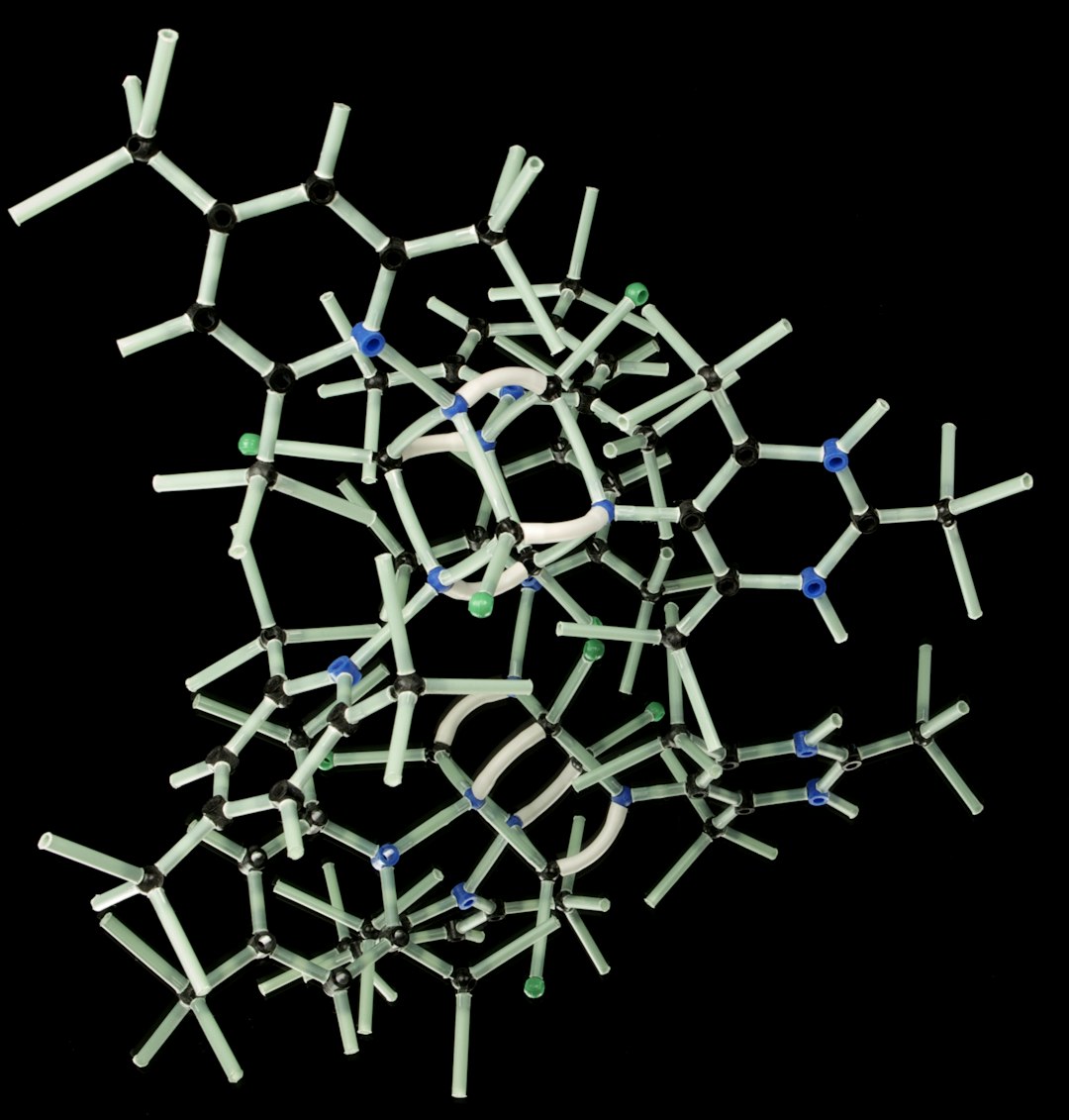Properties and Characteristics of Enzymes
Photo by Holger Link Originally Posted On: https://gulpmatrix.com/properties-and-characteristics-of-enzymes/Monday, March 30th 2020, 11:54 am
 Photo by Holger Link
Photo by Holger Link
Originally Posted On: https://gulpmatrix.com/properties-and-characteristics-of-enzymes/
Characteristics of Enzymes: Enzymes are proteins and the properties and characteristics they exhibit reflect properties of protein. They are organic catalysts that speed up biological reactions especially in digestion and metabolism of food substances. Below are the properties and characteristics of enzymes.
1. Enzymes Generally Work Very Rapidly:– The action and speed of an enzyme is expressed as its turnover number. The turnover number is the number of substrate molecules which one mole of the enzyme turns into products per minute. It can be observed that the turnover numbers of different enzymes vary from 100 to several millions and for a greater majority of enzymes, this figure hovers around several thousand. Catalase is the fastest known enzyme and it is found in hydrogen peroxide where it catalyzes its decomposition into water and oxygen. Catalase has a turnover number of 6million and its action can be demonstrated by dropping a piece of liver into a beaker of hydrogen peroxide—- the fizzing that occurs as the oxygen is given off is a wonderful demonstration of an enzyme in action.
In their speed of action, enzymes are much more efficient than their inorganic catalyst counterparts. Finely divided platinum or pieces of iron fillings also speed up the decomposition of hydrogen peroxide but the speed at which they do so is incomparable to that of a piece of liver. The explanation to this is that organic catalysts such as liver achieves a greater lowering of the activation energy compared to inorganic catalysts.
2. Enzymes Can Work In Either Direction:– Metabolic reactions are reversible and the direction in which these reactions proceed depends largely on the relative amounts of the reacting substrates and the products formed. The reaction either to the left or to the right until an equilibrium is reached between the substrates and the products formed. Therefore, an enzyme that catalyzes the formation of products from substrates would also cause the products to be split into the component substrates when the product is in excess to maintain an equilibrium.
3. Enzymes Are Not Destroyed Or Altered By The Reactions They Catalyze:– Enzymes can re re-used because they are not destroyed by the reactions they catalyze. However, enzymes cannot be used indefinitely because they are quite unstable as they can be inactivated by heat, acids, and alkaline substances and so on and by this, they are different from inorganic catalysts that stable and that can be re-used over and over again indefinitely.
4. Enzymes Are Sensitive to pH Changes:– Enzymes operate at specific pH ranges and any alterations can adversely affect their action and efficiency. Most intracellular enzymes function best at neutral pH. Interestingly, certain digestive enzymes prefer a distinctly alkaline or acidic environment. This accounts for why the protein splitting enzyme known as pepsin function only in an acidic medium at a pH of about 2.0 is found in the stomach where the environment is acidic.
Trypsin can only function in an alkaline medium at about a pH of 8.5 and often found in the duodenum where the conditions are alkaline.
5. Enzymes Are Specific In Their Action:– Enzymes are much more specific in the reactions they catalyze than inorganic catalysts. However, the degree of catalytic specificity varies from one enzyme to the other. Most intracellular enzymes work on a particular substrate while some digestive enzymes work on a comparatively wide range of substrates that are related. For instance, catalase would only split hydrogen peroxide but an enzyme like the pancreatic lipase is much less specific and would digest a variety of different fats.
6. Enzymes Are Inactivated By Excessive Heat:– Since enzymes are proteins, they are averse to excessive heat. This is because enzymes get denatured when exposed to high temperatures and that explains why very few cells can tolerate temperatures that exceed 45 degrees centigrade. Organisms that live in environment where the prevailing temperature exceeds 45 degrees centigrade either have heat-resistant enzymes or a capable of regulating their body temperature. A perfect example of an organism with heat-resistant enzymes is the blue-green algae that live in hot springs at temperatures of 100 degrees centigrade.
Experiment and study enzymes by loading computer-assisted organic synthesis (CAOS) software on the cloud and access it with a virtual desktop anytime with 99.9% uptime guarantee and 24×7 live support from CloudDesktopOnline.com. Switch to cloud products from Apps4Rent.com to enhance efficiency.
Information contained on this page is provided by an independent third-party content provider. Frankly and this Site make no warranties or representations in connection therewith. If you are affiliated with this page and would like it removed please contact pressreleases@franklymedia.com
More Like This
March 30th, 2020
April 15th, 2025
Top Headlines
May 11th, 2025
May 11th, 2025
May 11th, 2025








